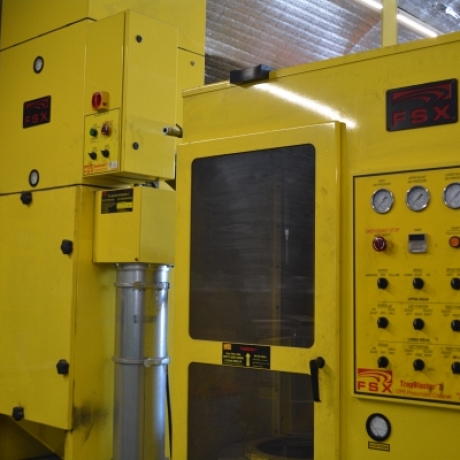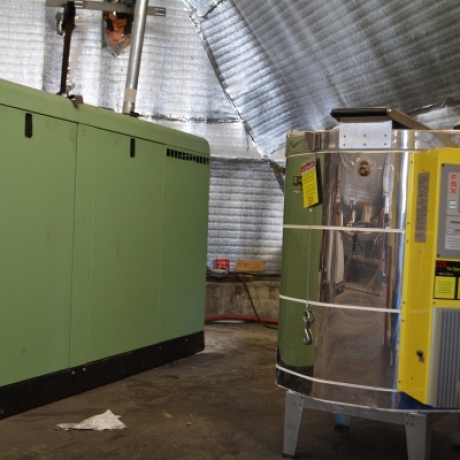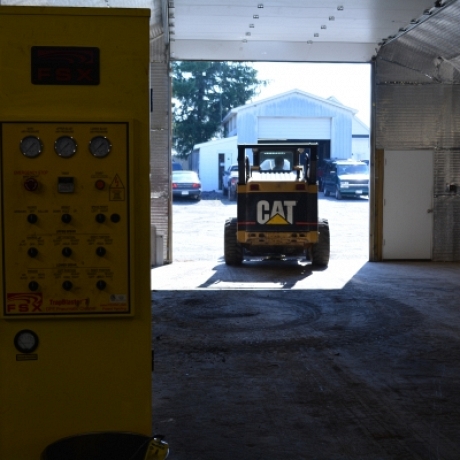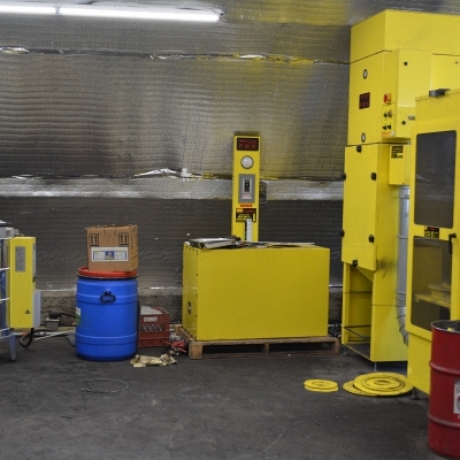DPF Cleaning
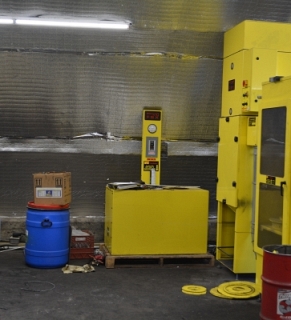
This system by FSX contains all State Of The Art Equipment and is designed to remove particulate matter in diesel exhaust. In a correctly operating vehicle, soot captured in the DPF is periodically burned off during normal operation. Engine wear, corrosion and combustion of engine lubricants result in ash accumulation in the filter. Over time this ash increases the backpressure on the engine lowering the fuel efficiency.
Complete, thorough removal of this ash is essential to restore full power and operating efficiency for your diesel engine.
Plugging the DPF
Filter Failure
Filter failure is entirely different than filter plugging and can result in significant replacement costs and unscheduled downtime.
Testing the Filter
A cleaning strategy tailored specifically to an individual DPF's condition ensures effective cleaning results. A thorough inspection and testing of every filter is done by our trained technicians and is completed initially and throughout the cleaning process. Testing the filter determines the effectiveness of the cleaning process and assures customer satisfaction. Filter testing includes:
- Air flow pressure testing
- Pin Gauging
- Weighing
Air Flow Pressure testing detects restriction in air passage caused by plugging. More importantly, it detects how well the filter breathes after the cleaning as this is what the diesel engine will experience.
Pin Gauging detects ash loading in the filter cells by dropping round rods into a selected number of cells to determine the height of any remaining ash. Pin gauging can identify any remaining ash content but does not indicate how well the filter breathes.
Weighing detects collective ash loading in the cells when compared to the original weight of the filter. Testing results are documented throughout the cleaning process.
Cleaning Methods
There are two basic methods common in the industry for cleaning the DPF. The first stage is a pneumatic blow-out and the second stage is a thermal cleaning if needed.
Pneumatic Cleaning is the primary method of removing the accumulated ash and soot from the DPF. Each of the many cells of the filter is individually targeted and subjected to high pressure scanning air jets on both ends of the filter removing as much dust as possible.
Thermal Cleaning involves heating the DPF to oxidize any soot trapped in the filter and loosen ash deposits. This process also removes oil residue from the filter which would interfere with the pneumatic cleaning process.
DPF Cleaning will extend the life of your filter, saving you time and money. This cleaning process will undoubtedly improve the performance and fuel efficiency of your equipment.
Please call for rates.
Contact us at 410.984.8175 if you would like any additional information or if we can be of service to you. Thank you for your consideration.

